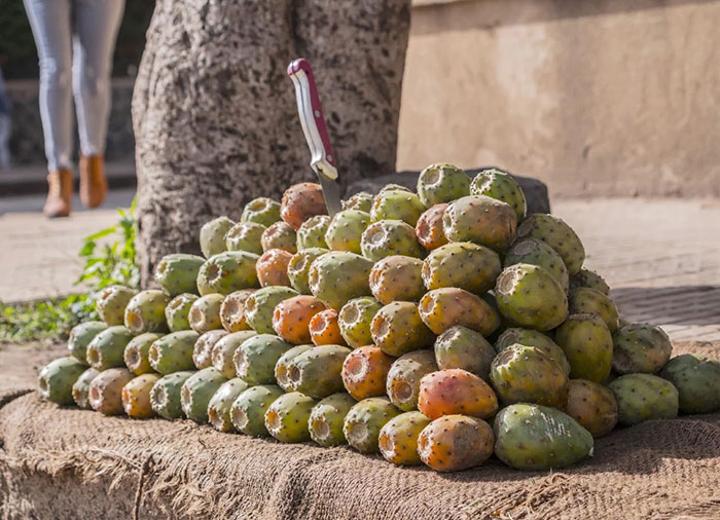Africa-Press – Eritrea. The origin of cactus plant is Central America, especially Mexico and the Caribbean islands. The Cactus cladodes and fruits have been used as food in Mexico since 9,000 years ago. The Spanish conquerors acknowledged the presence of prickly pears (beles) as soon as they arrived in the Americas at the end of the 15th century and the plant was spread over many parts of the world especially after the 17th century.
Cactus grows widely in countries such as Mexico, Italy, Chile, Bolivia, USA, Brazil, South Africa, Tunisia and Eritrea and is said to cover an estimated 14,485,170 ha of land globally. Mexico leads in the world in the production of cactus which grows on 2,062,000 ha of land.
Cactus plants are said to have been introduced to Eritrea in 1839 by a French catholic missionary who planted the cactus in Digsa, Akrur and Hebo, Southern region. The second generation cactus plants were introduced by the Italians, who planted them at Arberebu while they were building the railway. Cactus is a naturalized plant in Eritrea and has ecologically been an alternative plant for Eritrea’s arid and semi-arid areas.
In Eritrea, cactus grows over a total area of 18,250 ha and yields around 457,500 tons of prickly pears annually. It mainly grows in the sub-zones of Segeneyti, Senafe and Adi Keih (Soutern region), sub-zones of Galanefihi and Seidichii (Central region), sub-zones of Gheleb and Elabered (Anseba region), and sub-zones of Ghindae and Nakfa (Northern Red Sea region). Generally, six types of prickly pears and two types of cladodes grow in Eritrea. They are thorny orange, thorny white, spineless orange, thorny red, spineless white and spineless deep red prickly pears and spineless and spiny cladodes.
Considering Eritrea’s erratic and torrential rainfall patterns, a major cause for crop failures, the search for alternative crops and plants that are less susceptible to changing weather conditions, is fundamental to Eritrea’s aspiration of ensuring food security. The succulent prickly pear is suitable for Eritrea as it is less likely to be affected by the country’s erratic and torrential rains.
Cactus and prickly pears are rich in antioxidants, vitamins and minerals and are very good sources of calcium, potassium, fiber, protein and carbohydrates. They can be used in the treatment and prevention of diabetes, high cholesterol, obesity, blood pressure and hangovers and are touted for their antiviral and anti-inflammatory properties. They prevent gastric ulcers and inflammations, lower blood sugar levels, boost the immune system and protect people from heart disease. They also reduce the frequent occurrence of migraines and can be used as hair conditioner.
The economic benefits of prickly pears are increasingly being recognized by the people and Government of Eritrea. It is, therefore, high time to search for ways and means of mass producing and commercializing this valuable and readily available resource. According to the Ministry of Agriculture, although around 18,000 hectares of land is covered with wild cactus plants that yield prickly pears, less than 25% of it is currently being exploited.
For Eritrea to fully exploit its resource of cactus and further develop its capacities to produce and market prickly pears as they are and by adding values, some work needs to be done to gain knowledge and technologies from countries that have well developed cactus plant growing methods, value addition systems and marketing strategies.







